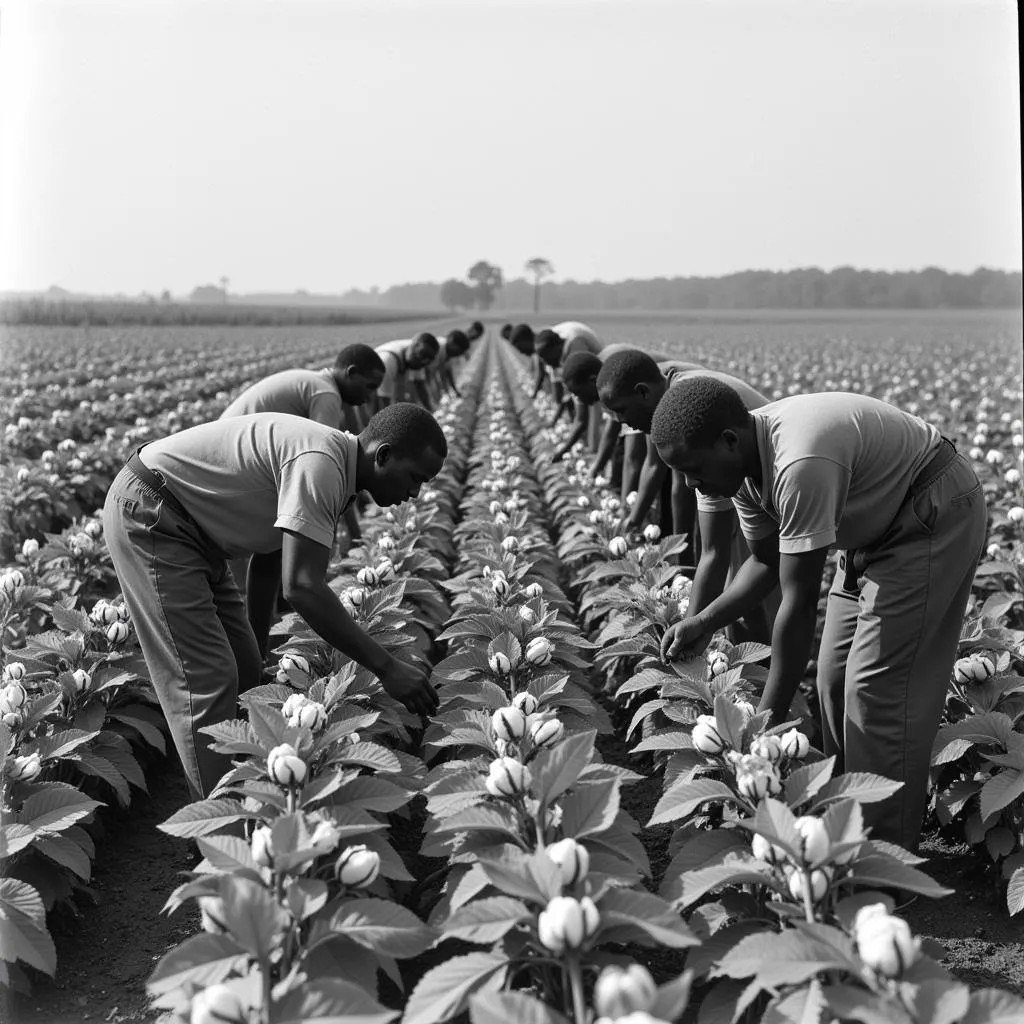African and Arab Imaginaries and Circulations
African And Arab Imaginaries And Circulations are complex, intertwined narratives shaped by centuries of interaction, exchange, and sometimes, conflict. These narratives influence cultural perceptions, political relationships, and social dynamics across both continents and beyond. This exploration delves into the historical roots, cultural manifestations, and contemporary implications of these intertwined narratives.
Unveiling the Historical Tapestry of African and Arab Imaginaries
The relationship between Africa and the Arab world stretches back over a millennium, significantly impacted by the spread of Islam across North Africa and beyond. Trade routes, established across the Sahara Desert and along the East African coast, facilitated not only the exchange of goods but also the circulation of ideas, languages, and cultural practices. This historical exchange has deeply shaped the cultural landscapes of both regions. The trans-Saharan trade, for example, brought wealth and Islamic scholarship to West African kingdoms like Ghana, Mali, and Songhai, leaving an indelible mark on their architecture, legal systems, and intellectual traditions.
Beyond Trade: Exploring Intellectual and Cultural Exchanges
Beyond trade, the exchange of intellectual and cultural traditions played a pivotal role in shaping African and Arab imaginaries. Islamic scholarship flourished in centers like Timbuktu, attracting students and scholars from across the Muslim world. This intellectual ferment fostered the development of unique syncretic traditions, blending Islamic thought with existing African philosophical and religious systems. Similarly, African artistic traditions, such as music and storytelling, found their way into Arab cultures, enriching and diversifying their artistic expressions.
Contemporary Perceptions and Representations: African and Arab Imaginaries Today
How are African and Arab imaginaries perceived and represented today? Media, literature, and popular culture play a significant role in shaping contemporary understandings. Often, these representations are fraught with stereotypes and misconceptions, perpetuating outdated narratives that fail to capture the complexity and diversity of these intertwined histories. However, a growing number of artists, writers, and filmmakers are challenging these stereotypes, offering nuanced and multifaceted portrayals of African and Arab cultures and their interactions.
Navigating the Challenges: Addressing Misconceptions and Stereotypes
It is crucial to acknowledge and address the persistent misconceptions and stereotypes that surround African and Arab imaginaries. These stereotypes often hinder genuine cross-cultural understanding and can fuel prejudice and discrimination. Promoting accurate and nuanced representations, through education and cultural exchange programs, is essential to fostering mutual respect and appreciation.
The Future of African and Arab Interactions
Looking forward, the relationship between Africa and the Arab world continues to evolve. Increased migration, economic partnerships, and cultural collaborations are creating new avenues for interaction and exchange. While challenges remain, there is immense potential for building stronger ties based on mutual understanding and shared interests. This ongoing dialogue is essential for shaping a more inclusive and interconnected future.
How can we foster greater understanding between African and Arab communities?
By promoting cultural exchange programs, supporting diverse media representations, and engaging in open and respectful dialogue, we can create bridges of understanding and dismantle harmful stereotypes.
In conclusion, African and Arab imaginaries and circulations represent a rich and complex tapestry woven over centuries. By understanding the historical context, acknowledging contemporary challenges, and embracing opportunities for collaboration, we can foster a future of mutual respect and shared prosperity.
FAQ
- What is the historical significance of the trans-Saharan trade?
- How did Islam influence African cultures?
- What are some examples of contemporary African art challenging stereotypes?
- How can media contribute to fostering cross-cultural understanding?
- What are some key challenges facing African and Arab relations today?
- How has migration impacted the relationship between Africa and the Arab world?
- What are some potential areas for future collaboration between the two regions?
Need support? Contact us at Phone Number: +255768904061, Email: kaka.mag@gmail.com or visit our address: Mbarali DC Mawindi, Kangaga, Tanzania. We have a 24/7 customer service team.

